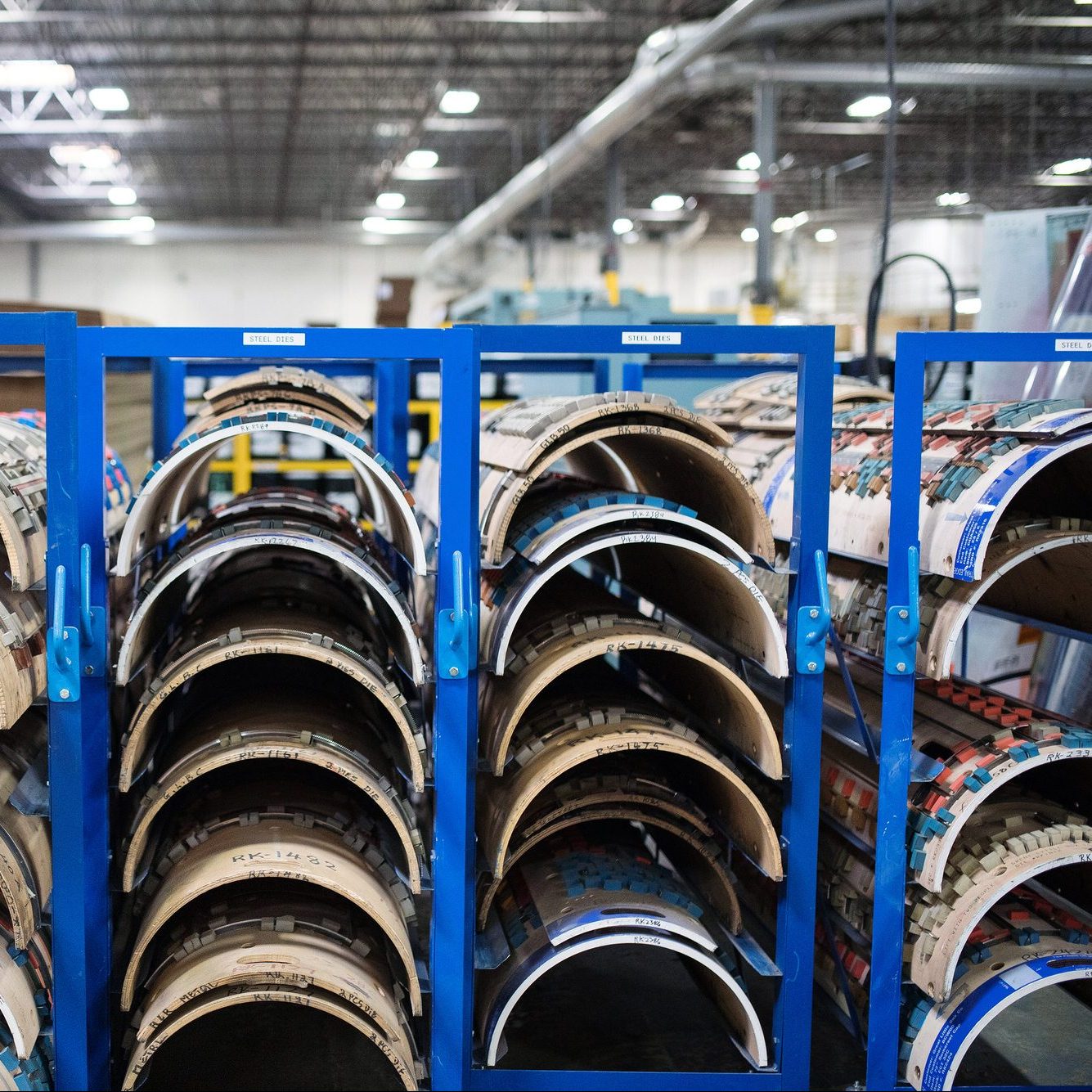Hydrofluorocarbons, used in air conditioners, refrigerators, aerosol cans, and more, only make up 2% of total U.S. emissions – but they are incredibly harmful pollutants that are thousands of times more potent than carbon dioxide emissions. Stalling the global rise of HFCs – and eventually, phasing them out entirely – is an essential component of meeting the goals of the Paris Agreement and minimizing the drastic impacts of climate change.
Hydrofluorocarbons
Phase out super-polluting HFCs
Eliminating the use of super-polluting HFCs is key to meeting America’s climate goals – and in the absence of federal leadership on this issue, states can implement their own policies and drive progress themselves.
Case Study
California’s HFC Regulation Empowers States to Limit Use of Super-Pollutants
After a federal court blocked a portion of EPA’s authority to regulate HFCs, California lawmakers took matters into their own hands. California passed a statewide policy to prevent manufacturers from using prohibited HFCs in certain new equipment and materials. The regulation also mandates that manufacturers have a disclosure statement certifying that products only use compliant refrigerants or foam expansion agents to not only deter HFC use, but increase awareness about the super-pollutant.

